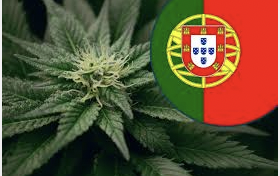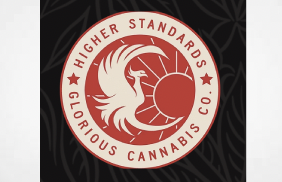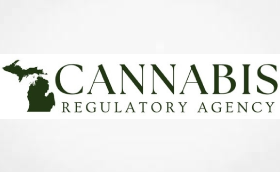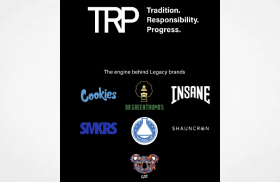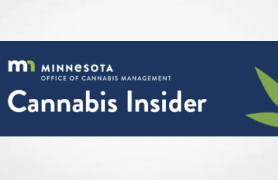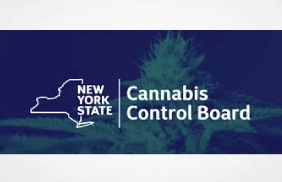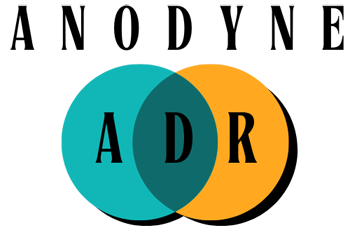09 Jul 2024 — A study in Molecules uncovers “significant labeling discrepancies” between the labeled cannabinoid content and the actual composition of cannabis-based products sold in Portugal.
The findings underscore a potential problem for the packaging industry, as inaccurate labeling can lead to consumer safety concerns and legal issues. The study looked at different products acquired from pharmacies and street shops, namely beverages, herbal samples, oils and cosmetic products.
The research, which investigated products from pharmacies and street vendors, underscores the importance of reliable packaging solutions for cannabis products. With increasing legalization and market growth, ensuring accurate labeling becomes paramount.
“Among sampled beverages, none contained detectable cannabinoids, despite suggestive packaging. Similarly, oils often differed from the declared cannabinoid compositions, with some containing significantly higher CBD concentrations than labeled,” write the researchers.
“These inconsistencies raise serious concerns regarding consumer safety and informed decision-making. Moreover, our findings underscore the need for stringent regulation and standardized testing protocols to ensure the accuracy and safety of cannabis-based products.”
Counting cannabinoids
The scientists developed a standardized analytical method to examine nine cannabinoids by liquid chromatography-diode array detector. The method was fully validated according to internationally accepted guidelines, while “good precision and accuracy” were obtained, the researchers say.
In most analyzed samples, the concentrations were found to be below what was indicated on the label.The study looked at 31 samples of over-the-counter cannabis-based products bought in Portugal. In most of the analyzed samples, the concentrations were found to be below what was indicated on the label.
The analysis quantified the six most significant cannabinoids: THC, THCA-A, CBDA, CBN, CBG and CBGA. Notably, 12 out of 14 samples contained the hallucinogenic compound THC, however with high variability and predominantly low levels (0.2%).
Oil 6 was the only ingredient that contained a notable amount of THC (0.35%), raising concerns as the manufacturer claimed the product to be THC-free. CBN was also quantifiable in most samples, except for oil 14.
Necessitating traceability measures
Additionally, many of the cannabinoids products did not contain information about which cannabinoids were present and their concentrations. However, the packaging implied that they were cannabis-containing products because this word was mentioned.
“There is an urgent need for standardized regulations and robust quality assurance protocols,” stress the authors.
“Beyond mere labeling inaccuracies, the implementation of quality control mechanisms allows the safeguarding of consumer safety and ensuring product efficacy within the burgeoning cannabis industry.”
For the packaging industry, this translates to a demand for tamper-evident and track-and-trace solutions that can guarantee the integrity of the product throughout the supply chain.
Such solutions are increasingly being scaled in the pharma field, such as in Systech’ recent launch of a system for the pharmaceutical sector to simplify managing and tracking individual products. It allows workers to manually combine and check items one-by-one, ensuring compliance with track and trace labeling regulations.
“Edible cannabis products, also lacking regulation, continue to fall short of meeting basic label accuracy standards akin to pharmaceuticals products,” stress the study authors.
This feature is provided by Nutrition Insight’s sister website, Packaging Insights.
